As we approach Lanzhou on our flight from Chengdu, we can see the Himalayan foothills in the distance. Even this far from Tibet, the mountains are snow capped and pointed.
Closer to Lanzhou, however, the mountains turn to sandy-brown rounded hills with ragged ravines running through them
. A narrow black strip of new pavement winds its way along flatland following dry river beds between the hills. From the air it's a long black ribbon with a white line down the middle. It contrasts sharply with the dirt brown hills.
Lanzhou is on a large flat plateau surrounded by mountains. The airport is 70 km away on another plateau surrounded by those low rounded hills that look like something out of the Sahara desert. There are very few trees -- only 30-foot poplars that have been planted on the roadside and hills to prevent erosion and to keep the desert winds from blowing the dunes away.
We're on the edge of the Gobi Desert.
The sky is bright blue, our first blue sky in quite a while, and the air is cool and fresh. We're 2,000 metres up and far north, actually closer to Mongolia than Tibet. A white Mosque standing brightly against the brown dirt reminds us that we're on the Silk Road and in an area that is starting to be more Muslim than Buddhist or Han Chinese
. But a little further on is a tall red Pagoda, evidence of the mix that makes up this part of China.
A lone hawk circles above the dry desolate landscape. I'm starting to feel the excitement of travel again. This part of China is so different from everywhere else we have been so far. I realize that I am tired of the cities, tired of the pollution, the noise, the dirty sidewalks, honking traffic and crowds. I'm feeling like a free-flying bird and ready to enjoy our travels once more.
Occasionally I see a small red-brick dwelling carved into the side of a sand hill. A sheet of plastic or cloth hangs over the doorway to keep out the blowing desert sand and the winter snow.
A lone donkey stands in a field of stubble while a nearby dark-skinned farmer wearing a round white Muslim hat collects water. It's fall, and the crops have already been taken in leaving corn stalks on the ground for the donkey to browse on
.
As we drive along, a low row of "greenhouses" appears, their north wall made of dirt covered with straw to block the cold wind and the south wall covered in translucent plastic. The sandy soil looks so poor here; I can't imagine what they could be growing. But stacks of bright yellow corn drying in the sun and tall brown sunflower stalks standing by the doors are evidence of their meagre crops. Both are used as feed for their animals in the winter.
We even spot some cave dwellings carved into the side of the hard-packed dirt hills. They were lived in long ago. Today they are only used for shelter from the storms, wind and sun.
The short 70-km drive in to the city from the airport takes over an hour even on the new highway. We wind our way through the low brown hills, then higher mountains until we reach the Lanzhou plateau and start to follow the Yellow River. It should really be called the Muddy Brown river because it is chocolate brown from all the silt washed down from the hills
.
As we approach the city I see a cloud of smoke and haze and fear we are entering another dirty, polluted city like most of the others we have been in. But once we pass the heavily industrialized west end (where they make most of the coats and boots in China), the air clears a bit.
Lanzhou is a small city by China standards -- it's only 3 million. The traffic is lighter and somewhat organized. Well at least they don't honk as much. A pleasant landscaped boardwalk follows the Yellow River that runs right through the 30 km length of the city.
The wind that flows down from the mountains along the river clears out some of the pollution. All along the boardwalk, people are strolling or doing their Tai Chi.
Our guidebooks says there's nothing to see in Lanzhou itself. We plan to use Lanzhou as a base for our forays further north and west. We're here only because it is the closest city to two sites that we want to visit, Bingling Si temple rock carvings and the Tibetan Labrung Monastery in the town of Xiahe on a high plateau nearer Tibet. Both require at least one day travel and will get us out of the city and hopefully into fresh air and more sunshine.
Lanzhou is on the ancient Silk Road and used to be a hub for trade caravans. But even though it is now a major train hub and near to the western end of the Great Wall of China, few tourists actually come this way because of the distance from major centers
.
That suits us fine; we want to avoid the crowds that have been so oppressive for most of our journey so far. Ironically, however, we bump into a group of 20 Chinese tourists who happen to be from Vancouver. They're our first Canadians and they're as excited to meet us as we are to see them.
They came on an organized tour from Canada because they were worried about the difficulties of arranging travel here, even though they speak Chinese. Each region has its own dialect. They admit even they are having trouble being understood and would have a lot of trouble but for their Chinese guide. "How are you eating?" they ask. Our reply of “not well” has them shaking their heads with great sympathy for us. Ordering meals in restaurants, in spite of our Mandarin lessons back home, has been difficult.
We ask them for a hotel recommendation in Urumqi, which they have just visited
. It's even more remote and harder to get to so we're hesitating about going that far west. Their guide explains that they're only staying in 5-star hotels and won't give us the name. Perhaps my two-day old beard gives her the wrong, or maybe the right, impression. She might be thinking it’s out of our price range. Or maybe she just wants to save it for her next tour group.
At any rate, we're resting up in Lanzhou and enjoying the good weather and "fresher" air. We're finding it easier to get good food (our hotel breakfast buffet even includes fantastic handmade noodles), although we still get lots of surprises when the meals arrive. But we're strengthening up for the next adventure. The hawk is ready to soar again.
Lanzhou -- the eagle is flying again
Thursday, January 13, 2011
 Lanzhou, Gansu, China
Lanzhou, Gansu, China
Other Entries
-
1Our Approach to Traveling
Sep 21114 days prior Toronto, Canadaphoto_camera0videocam 0comment 0
Toronto, Canadaphoto_camera0videocam 0comment 0 -
2Our first Chinese Wedding
Sep 26109 days prior Shenzhen, Chinaphoto_camera10videocam 0comment 3
Shenzhen, Chinaphoto_camera10videocam 0comment 3 -
3From Eden to Hell's Gate
Sep 30105 days prior Guiyang, Chinaphoto_camera5videocam 0comment 0
Guiyang, Chinaphoto_camera5videocam 0comment 0 -
4Kunming, City of Eternal Spring
Oct 01104 days prior Kunming, Chinaphoto_camera4videocam 0comment 1
Kunming, Chinaphoto_camera4videocam 0comment 1 -
5The Honeymoon is over
Oct 0699 days prior Lijiang, Chinaphoto_camera19videocam 0comment 0
Lijiang, Chinaphoto_camera19videocam 0comment 0 -
6The Value of Hello
Oct 1392 days prior Lijiang, Chinaphoto_camera9videocam 0comment 2
Lijiang, Chinaphoto_camera9videocam 0comment 2 -
7Stuck in Pingyao isn't so bad
Jan 112 days prior Pingyao, Chinaphoto_camera15videocam 0comment 0
Pingyao, Chinaphoto_camera15videocam 0comment 0 -
8Not so Spicy Chengdu (by Carolann)
Jan 121 day prior Chengdu, Chinaphoto_camera8videocam 0comment 0
Chengdu, Chinaphoto_camera8videocam 0comment 0 -
9Sichuan Province -- Chengdu (by Carolann)
Jan 121 day prior Chengdu, Chinaphoto_camera7videocam 0comment 0
Chengdu, Chinaphoto_camera7videocam 0comment 0 -
10Lanzhou -- the eagle is flying again
Jan 13 Lanzhou, Chinaphoto_camera9videocam 0comment 0
Lanzhou, Chinaphoto_camera9videocam 0comment 0 -
11Wedding Day in Lanzhou Brings back Fond Memories
Jan 2411 days later Lanzhou, Chinaphoto_camera5videocam 0comment 0
Lanzhou, Chinaphoto_camera5videocam 0comment 0 -
12Bingling Si Temple and Rock Carvings
Jan 3017 days later Bingling Si, Chinaphoto_camera13videocam 0comment 0
Bingling Si, Chinaphoto_camera13videocam 0comment 0 -
13Xiahe and Labrang Si Monastery
Jan 3017 days later Bingling Si to Xahe, Chinaphoto_camera24videocam 0comment 0
Bingling Si to Xahe, Chinaphoto_camera24videocam 0comment 0 -
14Happy New Year from China!
Feb 1432 days later Beijing, Chinaphoto_camera20videocam 0comment 0
Beijing, Chinaphoto_camera20videocam 0comment 0

 Lanzhou, Gansu, China
Lanzhou, Gansu, China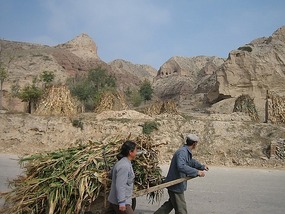
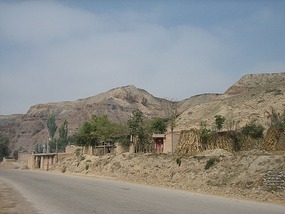
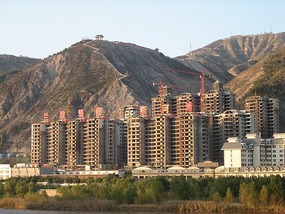
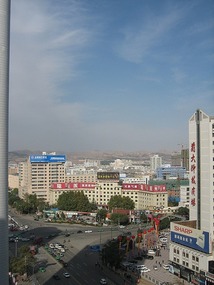
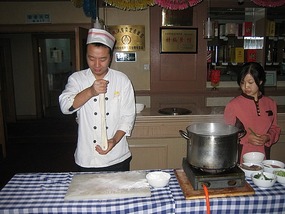
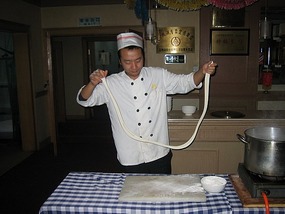



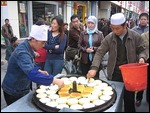
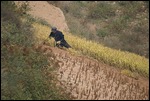
2025-05-22